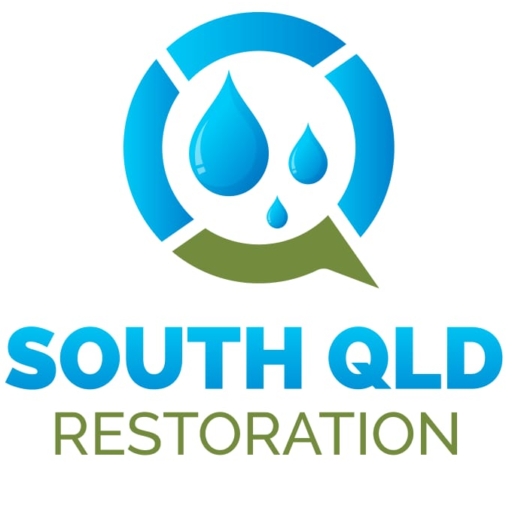Five Stages of Home Water Damage
Water damage is a serious issue that affects both business and homeowners. Every property owner should understand that water damage does not only entail property damage, but also covers the occurrence fungal and microbial growth. This can be extremely difficult to eliminate once it occurs. Additionally, home water damage can lead to huge losses of important and irreplaceable materials. Below are five stages of water damage every home and business owner should know.
Stage 1: The Free Flow of Water
During this stage, gravity levels the water out horizontally and vertically. This causes damage to your walls, floors, ceilings and plumbing penetrations. Quick action should be taken at such an early stage to reduce the costs associated with repair and resulting cleanup. Failure to take a swift action will increase both the repair and cleanup costs.
Stage 2: Materials in Direct Contact With Water Absorb Moisture
The materials in direct contact with water absorb moisture and become saturated. The damage increases as long as the water is in contact with the wood floors, gypsum board, furniture and other documents. Some of the notable damages during this stage include swelling, cracking or warping of furniture and other hardwood materials. To mitigate further damage, quick and thorough water extraction should be done. However, the damage will be irreversible in case the materials remain wet for too long.
Stage 3: High Humidity Damage
The high humidity causes further damage on the affected property. The moisture in and on wet materials starts to evaporate, saturating the surrounding air. Materials that were previously unaffected such as books, photos and paintings get damaged. Some of the early signs of high humidity damage include ceiling sagging and condensation on walls. This damage can be mitigated by controlling the levels of humidity using high-capacity dehumidifiers.
Stage 4: High Microbial Growth
If high humidity isn’t controlled, the materials will have sufficient moisture to support the growth of microbes, fungi and other microscopic organisms. Consequently, the fungi damage will affect indoor air quality. High microbial growth can be reduced by controlling three main factors: relative humidity, air circulation and temperature. When these factors are controlled, the environment created will aid in drying back the wet materials to their initial state. Additionally, effective action taken at this stage will confine the damage to the initially affected area only.
Stage 5: Spread of Microbes and Microorganisms to Initially Unaffected Areas
Microbes and microorganisms will spread to other areas that were previously unaffected. Mold, mildew and odors among other pathogens may spread to new areas due to uncontrolled microbial growth. Air circulation systems, movement of people within the building as well as elevator movements from floor-to-floor can increase the chances of microbial spread. This stage need experienced air quality contractors and professionals who will make comprehensive plans to address the problem.
Quick and effective mitigation actions should be taken at the earliest possible stage to reduce overall restoration costs and increase the likelihood of irreplaceable items remaining in good condition. Having a great sense of urgency and being quick enough to respond to water damage cases will save you a lot of money that could have been spent to replace damaged items.








